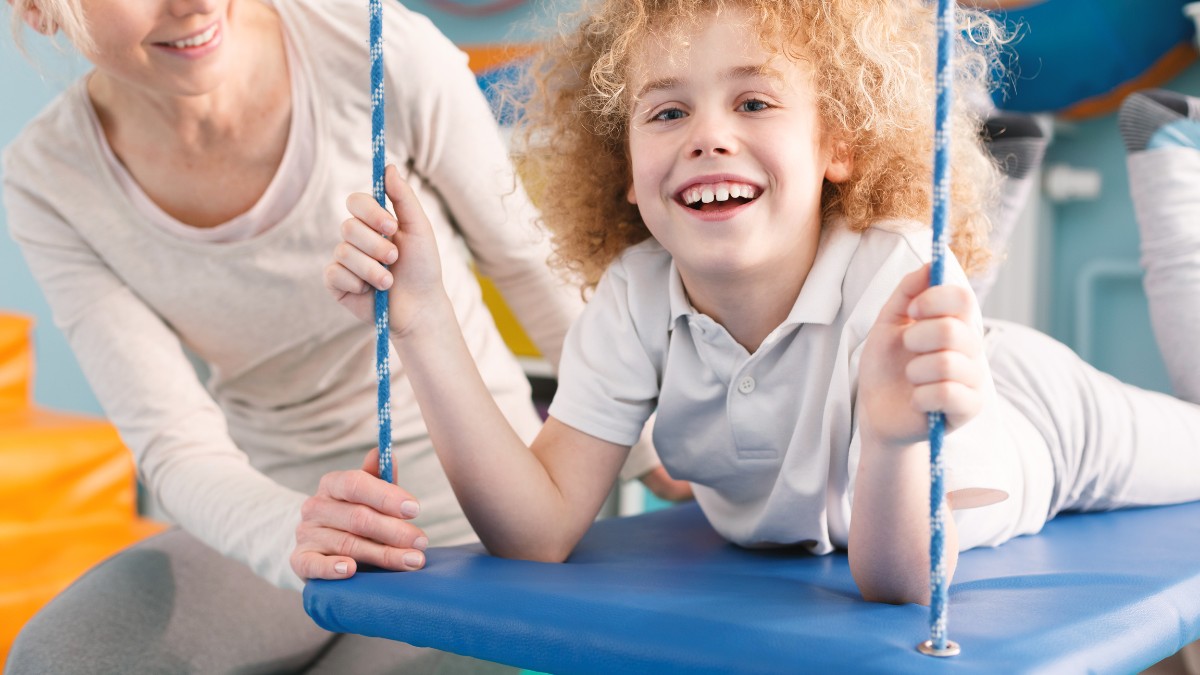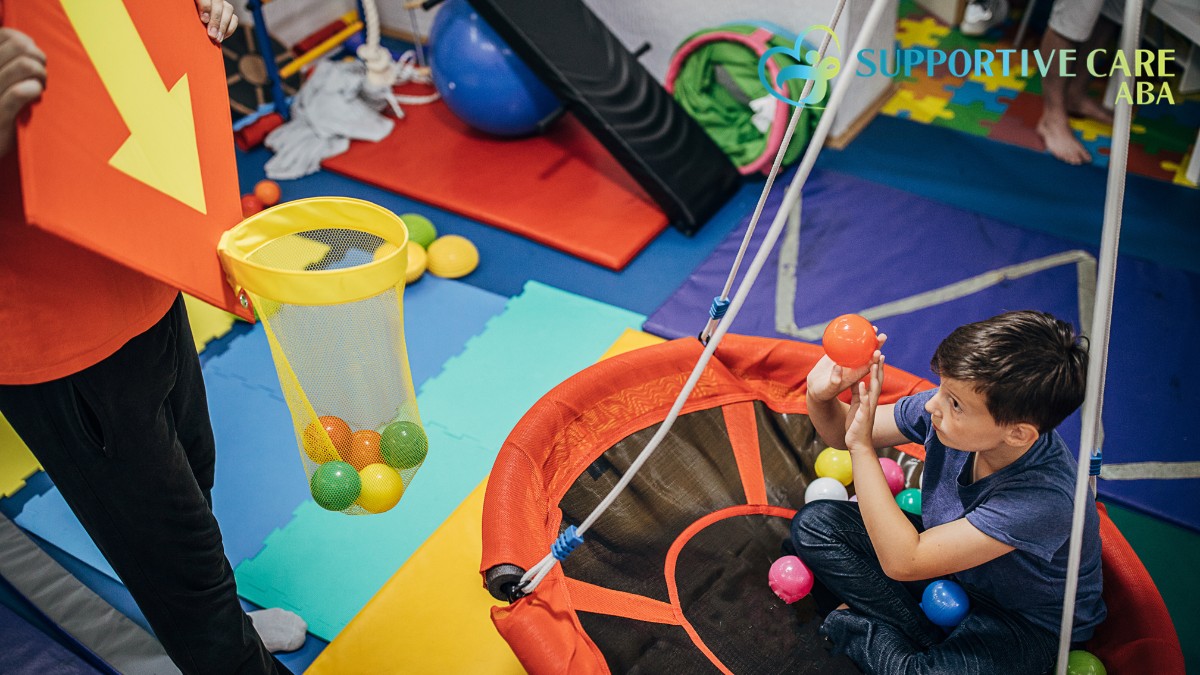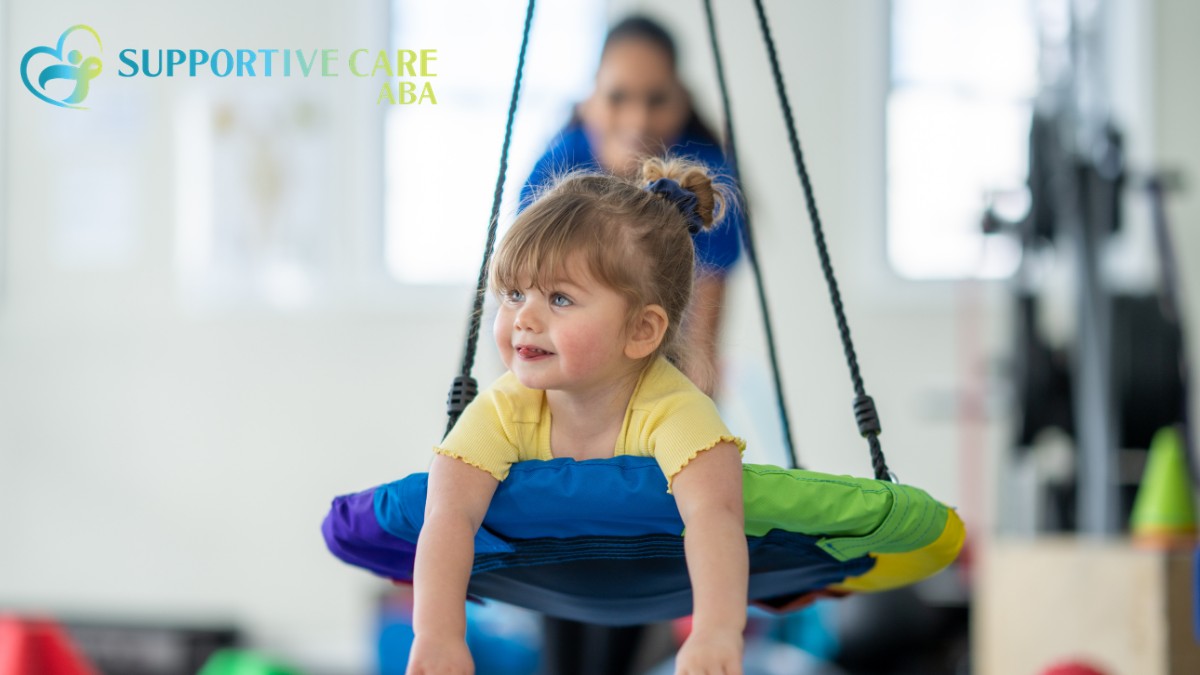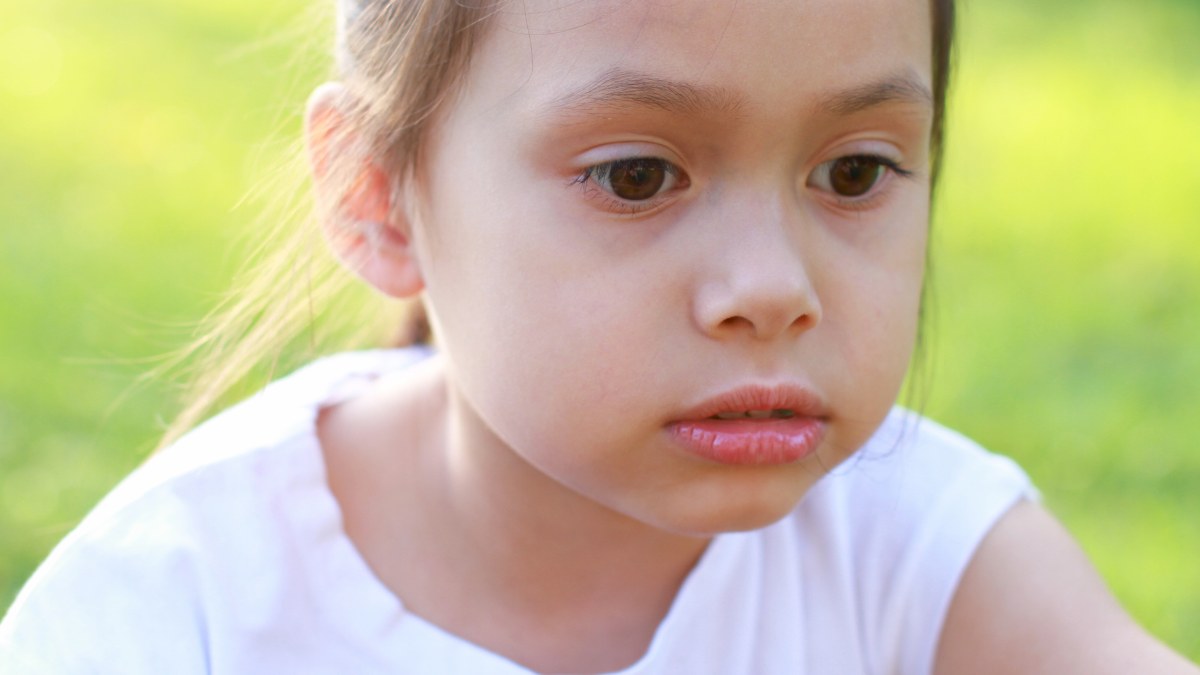Swinging for Autism: Before You Buy a Swing, Read This First!
Swinging autism support starts here—learn how to choose the right swing for your child’s sensory needs before making a purchase. Read our full guide now!

Swinging for Autism: Before You Buy a Swing, Read This First!
Key Points:
- Not all swings are created equal—some types support sensory needs better than others.
- Safety, placement, and your child’s sensory profile are critical when choosing a swing.
- Swings can complement ABA therapy as part of a broader sensory regulation strategy.
If your child is on the autism spectrum and you're considering a swing, you're probably not just thinking about playtime. You're thinking about regulation. Comfort. Sensory input. For many families, swinging for autism isn't just about fun—it's about providing relief from sensory overload or helping a child calm down enough to focus.
But here’s the catch: not all swings are created equal, and buying the wrong type might not only be unhelpful—it could even backfire. Before you click "add to cart," let’s take a deep dive into what really matters when choosing a swing for a child with autism.
Why Swinging for Autism Can Be Powerful
Let’s start with the big picture. Why are so many parents and therapists talking about swings?
Swings are a form of vestibular input. The vestibular system helps us understand motion, balance, and spatial orientation. In kids with autism, this system can be overactive or underactive, leading to behaviors like spinning, jumping, or avoiding movement altogether. That’s where swings come in—they provide controlled vestibular input.
But swinging isn’t just about motion. For some kids, it can feel like a full-body hug. Others use it as a way to reset after sensory overwhelm. At Supportive Care ABA, we often see children benefit from incorporating swinging into their ABA therapy plans—especially when it's done strategically, based on a clear understanding of their sensory needs.
Before You Buy: What You Need to Know About Sensory Profiles
One child’s calming swing is another’s sensory nightmare. That’s why knowing your child’s sensory profile is step one.
A sensory profile reflects how your child responds to input like noise, motion, touch, and light. Some kids seek out movement; others avoid it. Some need deep pressure to feel grounded; others prefer light touch.
2 Two Common Sensory Responses to Swinging
- Seeks motion: They may love fast, spinning, or swinging motions.
- Avoids motion: They might feel dizzy, scared, or overwhelmed by a swing.
ABA therapists often use assessments and structured observations to understand these patterns. If you’re unsure, talk to your child’s therapy team first—they can help you make a swing choice that fits your child’s unique needs.

5 Types of Swings and Their Sensory Impact
With so many swing options on the market, choosing one can feel like guessing. Here’s a breakdown of common types—and how they might support or challenge your child.
Before we dive into specifics, keep this in mind: always observe your child during and after swinging. Their behavior tells you more than the product description ever will.
1. Platform Swings
These are flat, suspended surfaces kids can sit, lie, or kneel on.
- Best for: Providing a variety of positions for vestibular input.
- Why it helps: Engages balance and coordination, mimicking the sensation of a moving floor.
- Watch for: Overuse—some kids may seek this too much and dysregulate instead of regulate.
2. Cuddle or Pod Swings
Made from stretchy fabric, these cocoon-like swings give deep pressure input.
- Best for: Kids who crave compression and security.
- Why it helps: Combines vestibular input with calming proprioceptive feedback (similar to a weighted blanket).
- Watch for: Children who are sensitive to enclosed spaces may find these uncomfortable.
3. Hammock Swings
Typically made from soft fabric, they gently rock or sway.
- Best for: Soothing rhythmic movement.
- Why it helps: Mimics slow rocking—can be helpful for calming before transitions or bedtime.
- Watch for: Some hammock swings sag too low, reducing input or causing frustration.
4. Spinning Swings
These rotate as well as swing.
- Best for: Kids who seek intense vestibular input.
- Why it helps: Offers rotation in multiple planes, which can be regulating for some kids.
- Watch for: Overstimulation—spinning can easily cross from calming to dysregulating.
5. Outdoor Swings (Tire, Disc, or Belt Swings)
Found in playgrounds or backyards.
- Best for: General motion play with higher speed and elevation.
- Why it helps: Encourages gross motor activity and outdoor sensory exposure.
- Watch for: Safety hazards—these are often less predictable and harder to control.
5 Safety Considerations You Shouldn’t Overlook
It’s tempting to focus on how fun or therapeutic a swing looks, but safety should never take a back seat—especially for kids with impulsivity, poor motor planning, or sensory-seeking behaviors.
Here’s what to think about before installing any swing:
- Mounting & hardware: Is your ceiling beam rated to handle swinging forces? Use professional-grade hardware.
- Supervision: Never assume your child is safe to swing alone, even if they’ve “done it a hundred times.”
- Material: Avoid slippery surfaces or swing seats that trap fingers.
- Space: Ensure there’s ample clearance in all directions to prevent crashes.
- Weight limit: Check and double-check. Kids grow fast, and swings don’t last forever.
When Swinging Backfires: Red Flags to Watch Out For
Not all kids love swinging, and even those who do may reach a tipping point. It's important to pay attention to how your child responds, not just whether they're willing to swing.
4 Signs That Swinging May Be Overwhelming
- Crying or panic during swinging: This is a clear “no” for vestibular input at that time.
- Aggression or hyperactivity after swinging: The motion may have overstimulated their nervous system.
- Clinginess or zoning out afterward: Swinging can be dysregulating for kids who are already overwhelmed.
- Increased stimming or meltdowns: This might signal sensory overload rather than sensory relief.
If you notice these signs, pause swinging and talk to your child’s ABA team. A Board Certified Behavior Analyst (BCBA) can help track the behavior and tweak your sensory strategies.

Integrating Swings Into Your Child’s Routine—The Right Way
So, what does an ideal swing setup look like when it’s done right?
Instead of using swings haphazardly, structure them into the day with intention. At Supportive Care ABA, we’ve found that many children benefit most when swings are integrated into their ABA therapy routines, such as:
- Sensory breaks during a therapy session to support attention.
- Regulation tools before transitions like meals or bedtime.
- Reinforcers for completing tasks or learning new skills.
- Self-advocacy tools, where a child can request swinging when overwhelmed.
Just like any behavior support, consistency matters. If swinging helps your child calm down before difficult tasks, don’t just use it randomly—tie it to a predictable time or behavior cue.
And don’t forget: swinging should never replace communication training, emotion regulation strategies, or other therapy goals—it should support them.
Final Thoughts: Is a Swing Right for Your Child?
Buying a swing isn’t just about adding to your backyard or playroom. It’s about knowing your child’s sensory needs, understanding the purpose behind the movement, and using it as part of a well-rounded support plan.
When swinging for autism is done with care and clinical insight, it can be a powerful tool for regulation, learning, and joy. But used blindly, it can just as easily create chaos—or miss the mark entirely.
At Supportive Care ABA, we understand how movement, environment, and therapy work together. Our team of professionals supports families in integrating tools like swinging into individualized goals through ABA therapy in North Carolina, Georgia, Oklahoma, Virginia, and Indiana.
If you're considering ABA therapy and want expert guidance on how sensory tools like swings can fit into a personalized plan, contact us today. Let's build a support system that meets your child where they are—and helps them thrive.








.jpg)
.jpg)


%20(1).jpg)
.jpg)
